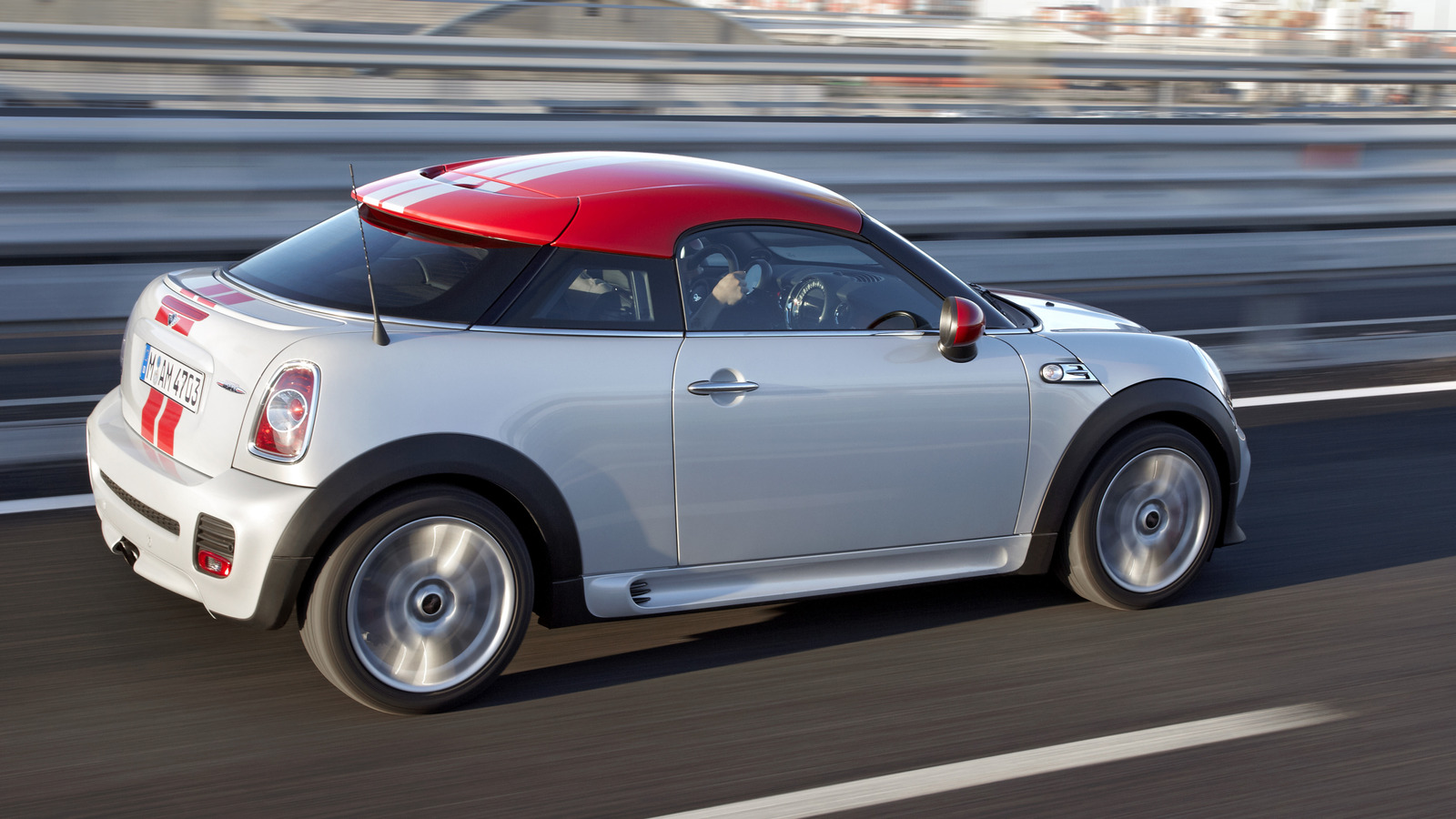Neuro‐Immunomodulatory Potential of Nanoenabled 4D Bioprinted Microtissue for Cartilage Tissue Engineering
Advanced Healthcare Materials, Volume 14, Issue 5, February 18, 2025.

4D-bioprinted HCM nanoenabled with ibuprofen-PLGA nanoparticles is presented. In an in vitro inflamed environment, nanoenabled HCM reduced IL-1β and IL-6 release and maintained ECM production, and in vivo, its secretome reduced dendritic cell recruitment, and inflammatory mediators, with no impact on nerve sprouting, indicating neuro-immunomodulatory potential.
Abstract
Cartilage defects trigger post-traumatic inflammation, leading to a catabolic metabolism in chondrocytes and exacerbating cartilage degradation. Current treatments aim to relieve pain but fail to target the inflammatory process underlying osteoarthritis (OA) progression. Here, a human cartilage microtissue (HCM) nanoenabled with ibuprofen-loaded poly(lactic-co-glycolic acid) nanoparticles (ibu-PLGA NPs) is 4D-bioprinted to locally mitigate inflammation and impair nerve sprouting. Under an in vitro inflamed environment, the nanoenabled HCM exhibits chondroprotective potential by decreasing the interleukin (IL)1β and IL6 release, while sustaining extracellular matrix (ECM) production. In vivo, assessments utilizing the air pouch mouse model affirm the nanoenabled HCM non-immunogenicity. Nanoenabled HCM-derived secretomes do not elicit a systemic immune response and decrease locally the recruitment of mature dendritic cells and the secretion of multiple inflammatory mediators and matrix metalloproteinases when compared to inflamed HCM condition. Notably, the nanoenabled HCM secretome has no impact on the innervation profile of the skin above the pouch cavity, suggesting a potential to impede nerve growth. Overall, HCM nanoenabled with ibu-PLGA NPs emerges as a potent strategy to mitigate inflammation and protect ECM without triggering nerve growth, introducing an innovative and promising approach in the cartilage tissue engineering field.







































































































































































